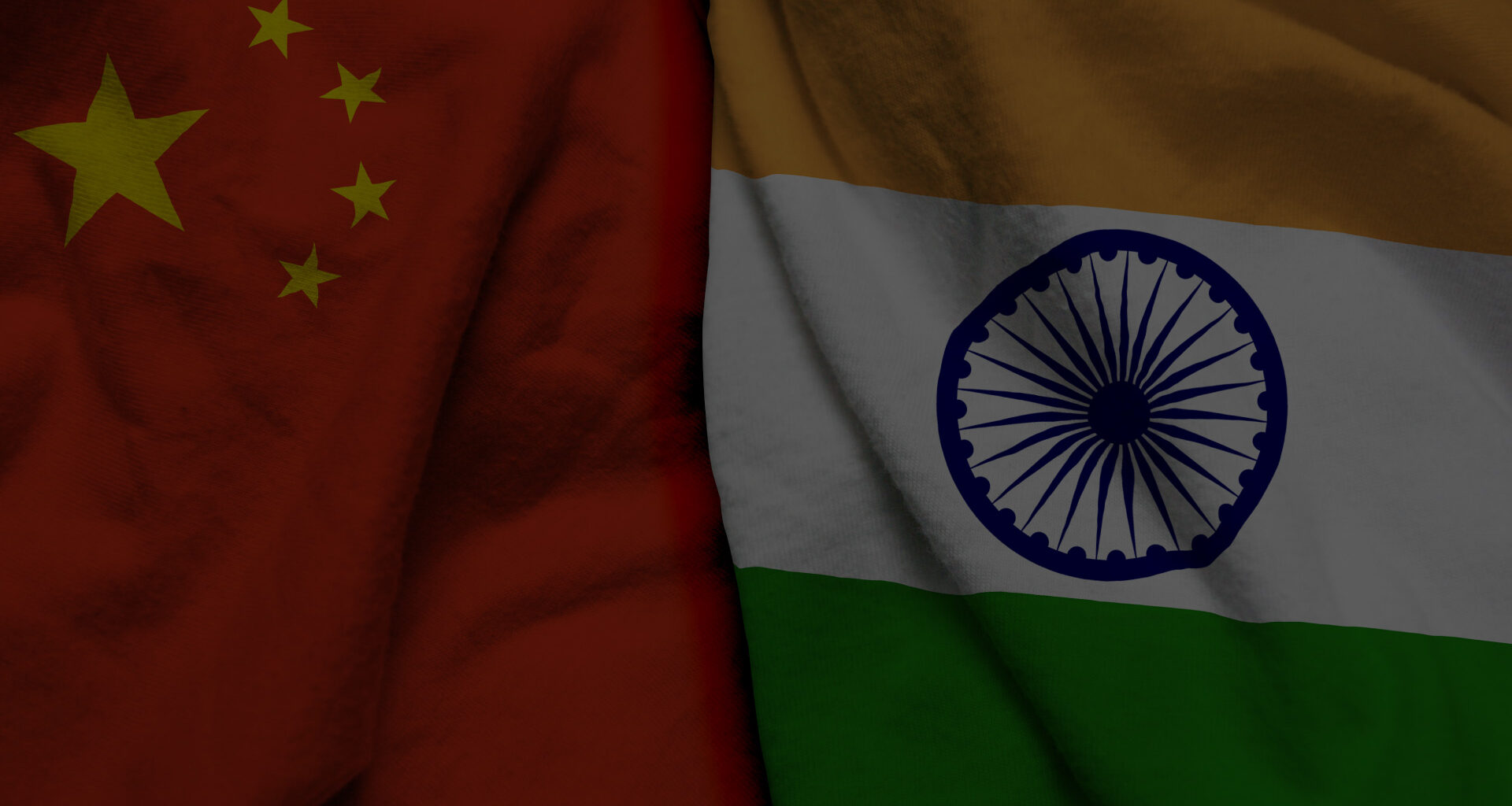The Indian economy, buoyed by a combination of robust macroeconomic fundamentals, strategic reforms, and a burgeoning digital ecosystem, stands as a beacon of growth and resilience in the global landscape. With its rapid GDP growth, India is projected to be one of the world’s fastest-growing major economies. This growth is underpinned by a stable inflation rate, controlled fiscal deficit, and a strong focus on sustainable development.
A key strength of the Indian economy is its demographic dividend, characterized by a young, increasingly tech-savvy population that is driving consumption and fostering a vibrant startup ecosystem. India’s leap in digital innovation, particularly in fintech, e-commerce, and IT services, has not only streamlined domestic economic activities but also significantly boosted its export potential.
The government’s proactive approach, through initiatives like Make in India, Digital India, and recent reforms in labour and agriculture, has enhanced the business environment, attracting foreign investment, and encouraging self-reliance.
The Indian and Chinese economies, both pivotal to the global economic landscape, present a study in contrasts, especially when considering their current outlooks and inherent strengths.
India’s economy, characterized by its robust growth, is buoyed by its youthful demographics, burgeoning startup ecosystem, and strong digital infrastructure. The country’s emphasis on digitalisation, policy reforms, and infrastructure development has spurred domestic growth and attracted foreign investments. India’s growth is increasingly driven by internal consumption, technological advancements, and a shift towards manufacturing and services, which diversify its economic base and enhance resilience.
Conversely, China’s economy, once the indisputable powerhouse of global growth, faces mounting challenges. The previous model of export-led, investment-heavy growth has encountered significant headwinds. Recent years have seen the Chinese government grappling with issues like an aging population, rising debt levels, and geopolitical tensions that have strained trade relationships. Moreover, regulatory crackdowns on various sectors, including technology and real estate, have introduced additional uncertainties, impacting investor confidence and economic stability.
While China’s economy benefits from its massive manufacturing base, infrastructure, and technological advancements, its current outlook is clouded by these structural challenges, potentially hampering its long-term growth prospects. In contrast, India’s economy, with its focus on reforms, demographic advantages, and a burgeoning digital economy, exhibits a more optimistic growth outlook, despite its own set of challenges, including the need for job creation, infrastructure development, and financial sector reforms.
Comparing India’s current economy with China’s economy in the early 2000s offers a fascinating glimpse into the trajectories of two burgeoning economic powerhouses, each at different stages of their development journeys. India today looks a lot like China did in the early 2000s, on the cusp of a prolonged period of strong economic growth and rise to becoming a major global economic powerhouse.
India’s stock market has taken note. It is one of the best performing markets in the world. Alongside the US market, it is one of the only major markets to have seen a consistent bull market run. Given the strong future prospects for its economy, Indian stocks may be a good long-term play on emerging market growth and a way to diversify out of China exposure.
Links: Post | Image
Disclaimer: The views expressed in this article are those of the author at the date of publication and not necessarily those of Dominion Capital Strategies Limited or its related companies. The content of this article is not intended as investment advice and will not be updated after publication. Images, video, quotations from literature and any such material which may be subject to copyright is reproduced in whole or in part in this article on the basis of Fair use as applied to news reporting and journalistic comment on events.


